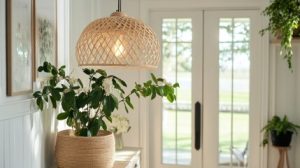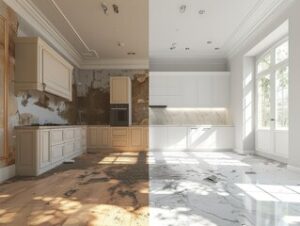Expanding your living space is one of the most effective ways to improve both the functionality and aesthetic appeal of your home. Custom Home Additions Boston provides an excellent opportunity to tailor your surroundings to meet your lifestyle needs while also increasing the value of your property. Whether you’re adding a new room, extending your kitchen, or building an entirely new floor, home additions are a smart investment in comfort and style.

Understanding the Value of Custom Home Additions
Custom home additions are more than just construction projects—they are solutions to spatial limitations and design challenges. Every home addition is an opportunity to enhance your daily living experience. If your family is growing, you may need more bedrooms. If you work from home, a quiet and efficient home office can make all the difference. Or maybe you’re dreaming of a sunroom to enjoy the seasons without leaving your house.
Unlike generic renovations, custom additions allow homeowners to design every detail to suit their specific needs and preferences. This level of personalization ensures that the outcome blends seamlessly with the existing architecture while meeting new functional goals.
Improving Functionality for Everyday Living
Functionality is at the heart of any effective home addition. The goal is not only to create more space, but to make that space work better for you. Here are a few popular types of additions that can significantly improve home functionality:
- Kitchen Extensions: Expanding a kitchen can open up opportunities for more cabinetry, a larger dining area, and modern appliances. A bigger kitchen is particularly valuable for those who enjoy cooking or entertaining guests.
- Extra Bedrooms: Adding one or more bedrooms is a practical solution for growing families or homeowners who frequently host guests. It also opens up possibilities for creating a rental space to generate additional income.
- Home Offices: With more people working remotely, a dedicated home office provides a quiet and productive environment. This type of addition can help maintain work-life balance by clearly separating professional and personal spaces.
- Garage Conversions or Additions: Expanding or adding a garage offers extra storage, workshop space, or even the potential for an accessory dwelling unit.
These additions not only meet immediate needs but also help future-proof your home against lifestyle changes.
Adding Style and Character to Your Home
While function is essential, style should never be overlooked. A custom home addition is the perfect chance to infuse your home with character and charm that reflects your taste. Whether you prefer a modern, minimalist look or a traditional, cozy atmosphere, the design of your addition can elevate the overall aesthetic of your home.
Architectural details, materials, color schemes, and lighting all contribute to the visual impact of your addition. Working with a designer or planner can help ensure that the new space harmonizes with the existing structure, creating a unified and pleasing look. For example, matching rooflines, window styles, and exterior finishes ensures the latest addition doesn’t feel like an afterthought, but rather a natural extension of the home.
Planning and Budgeting Wisely
One of the most critical parts of any home addition project is thorough planning. Start by identifying your goals: What problem are you solving? What function will the new space serve? How do you want it to look? Once you have a clear vision, you can begin discussing layout, materials, and budget.
Setting a realistic budget from the outset is crucial to avoiding financial stress in the future. Make sure to factor in not only construction costs but also expenses related to permits, inspections, materials, labor, and potential temporary relocation during building.
It’s also wise to consider the long-term return on investment. While some additions may be more expensive upfront, they can yield high returns by boosting property value. A well-designed master suite, kitchen expansion, or second-story addition can significantly increase resale value and marketability.
Navigating the Construction Process
Hiring experienced professionals who understand your vision is essential for a smooth construction process. A qualified contractor or design-build team will help with every step—from acquiring permits and drafting plans to managing timelines and overseeing construction.
Communication is crucial. Make sure you’re clear about your expectations and regularly check in during the build. Ask questions, request updates, and remain flexible in case unexpected issues arise. With the right team and mindset, the process can be smooth and even enjoyable.
Reaping the Benefits of a Thoughtful Addition
Once the project is complete, the benefits of your new addition will be immediate. Not only will you enjoy the added comfort and improved function, but you’ll also experience the satisfaction of having a home that truly reflects your lifestyle and values.
Whether it’s a cozy reading nook bathed in natural light, a spacious family room for gatherings, or a luxurious master suite for relaxation, custom home additions bring dreams to life. These enhancements can turn an ordinary house into a lifelong sanctuary—one that evolves with you over time.
Custom home additions are a powerful way to improve both the function and style of your home. With thoughtful planning, smart budgeting, and professional execution, your new space can meet current needs and adapt to future ones. By investing in an addition tailored specifically to you, you’re not only enhancing your living environment but also increasing the long-term value and comfort of your home.
